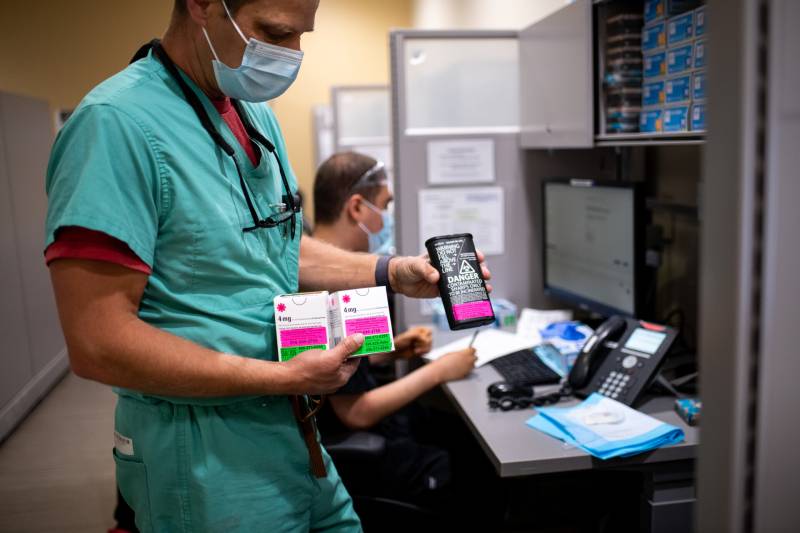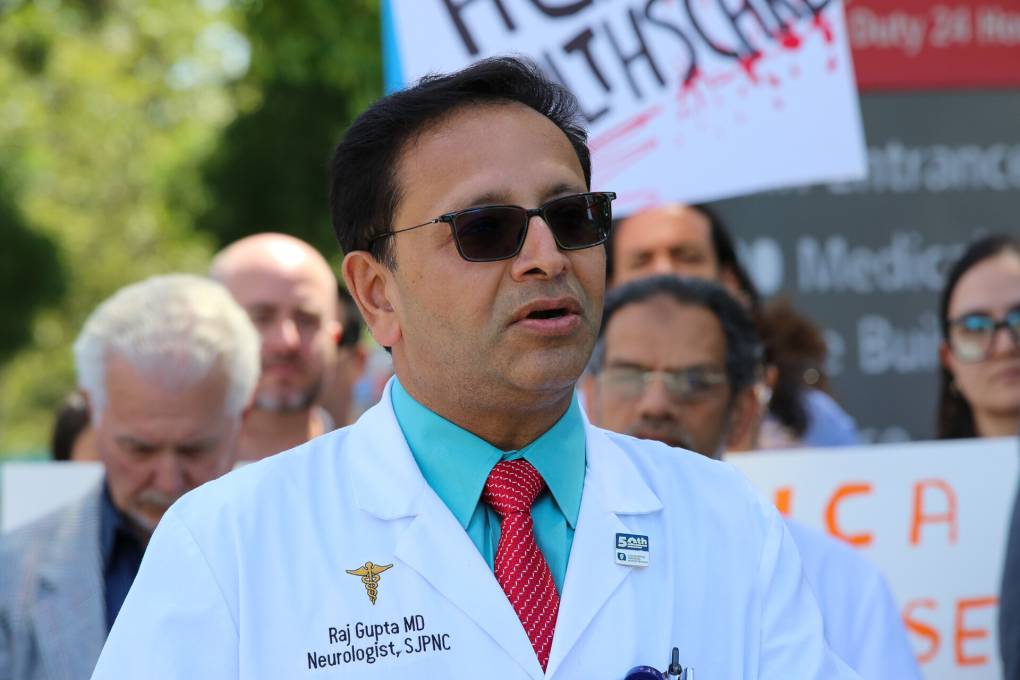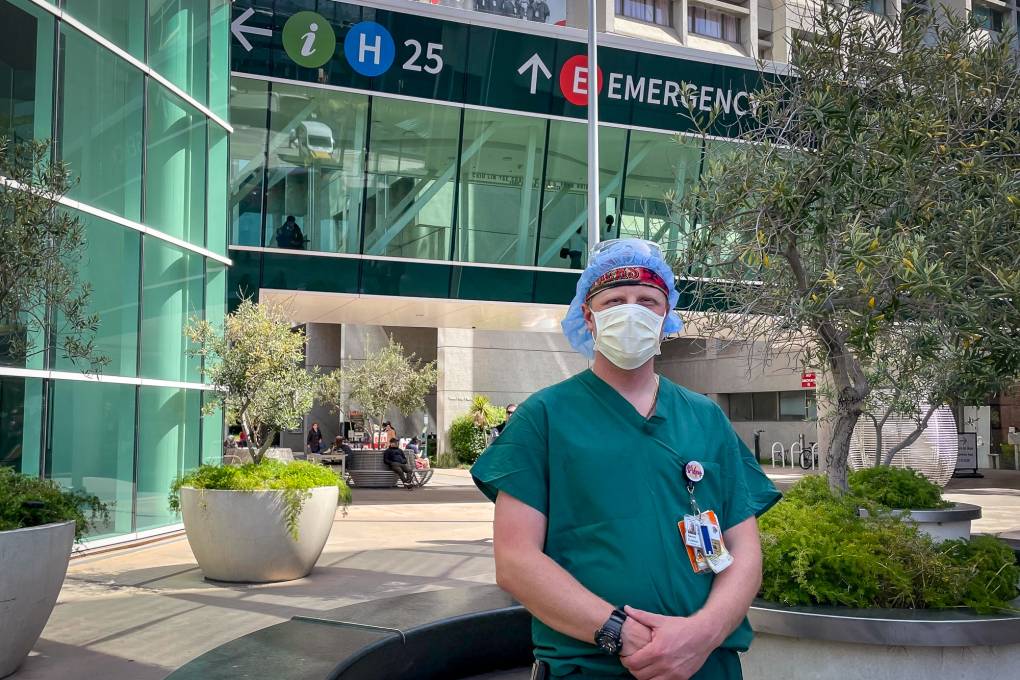As the number of people killed by drug overdose continues to skyrocket in California, state legislators are debating numerous fentanyl bills intended to save lives. This includes measures that increase access to treatment, medications that reverse overdoses, and more.
Last year, 6,773 Californians overdosed on fentanyl, according to provisional data released by the Centers for Disease Control and Prevention. That’s up from 2,377 just five years ago.
Fentanyl is a very inexpensive synthetic opioid that is 20 to 40 times stronger than heroin. It can be mixed into any number of street narcotics and prescription drugs without a user knowing what they are consuming. Ingestion of only two milligrams can be fatal.



